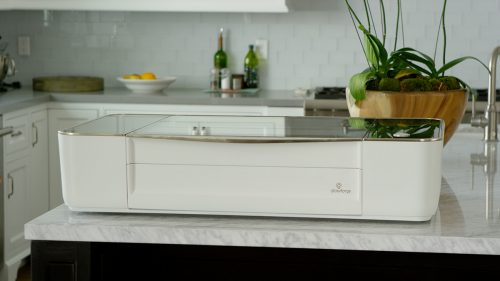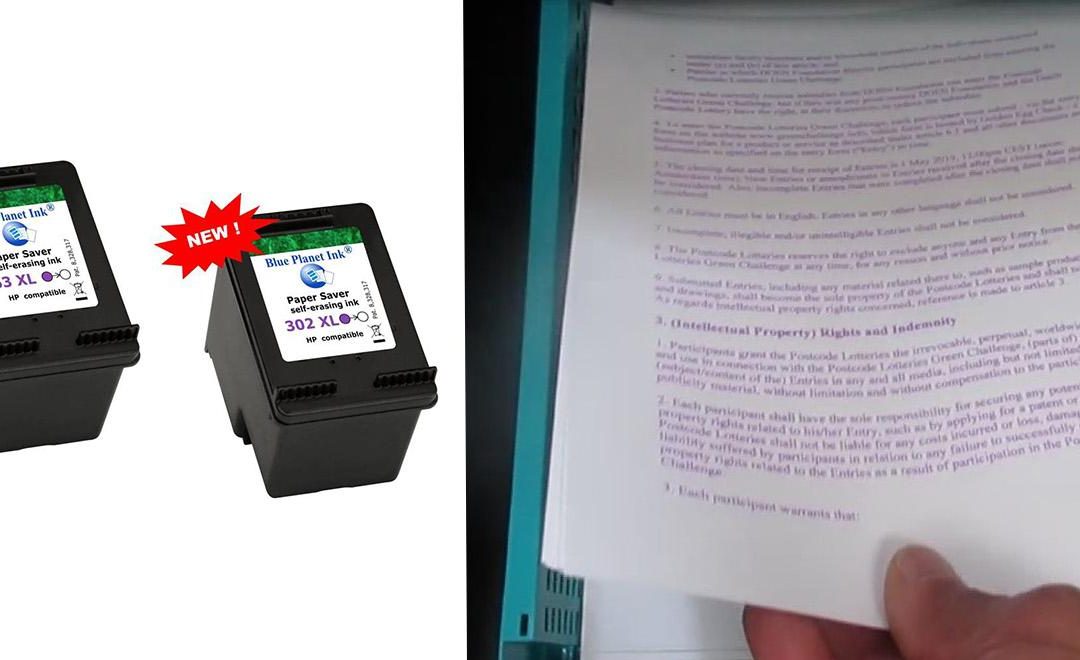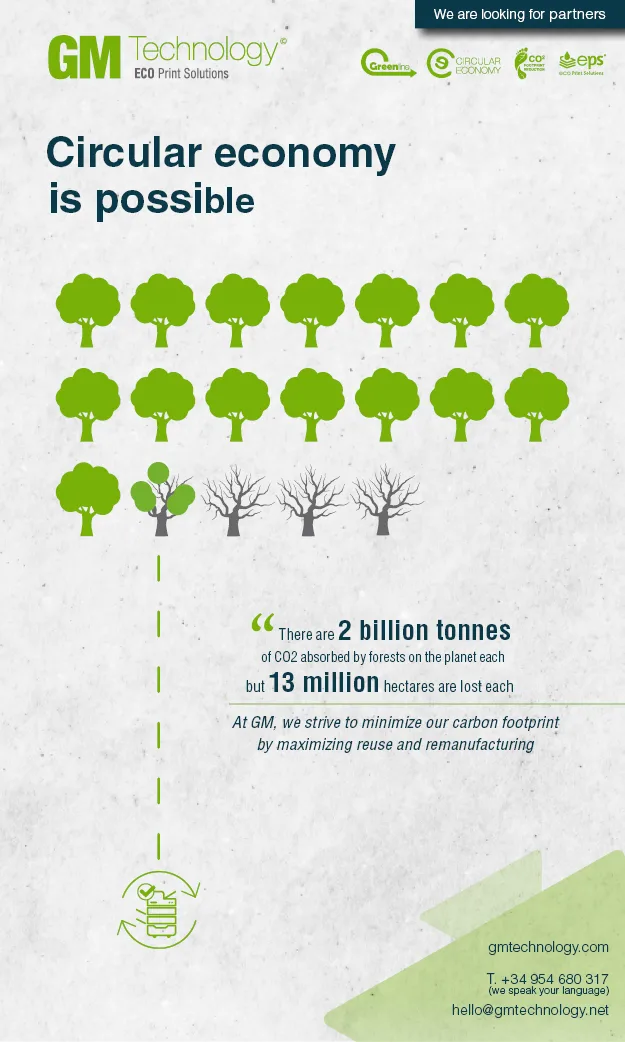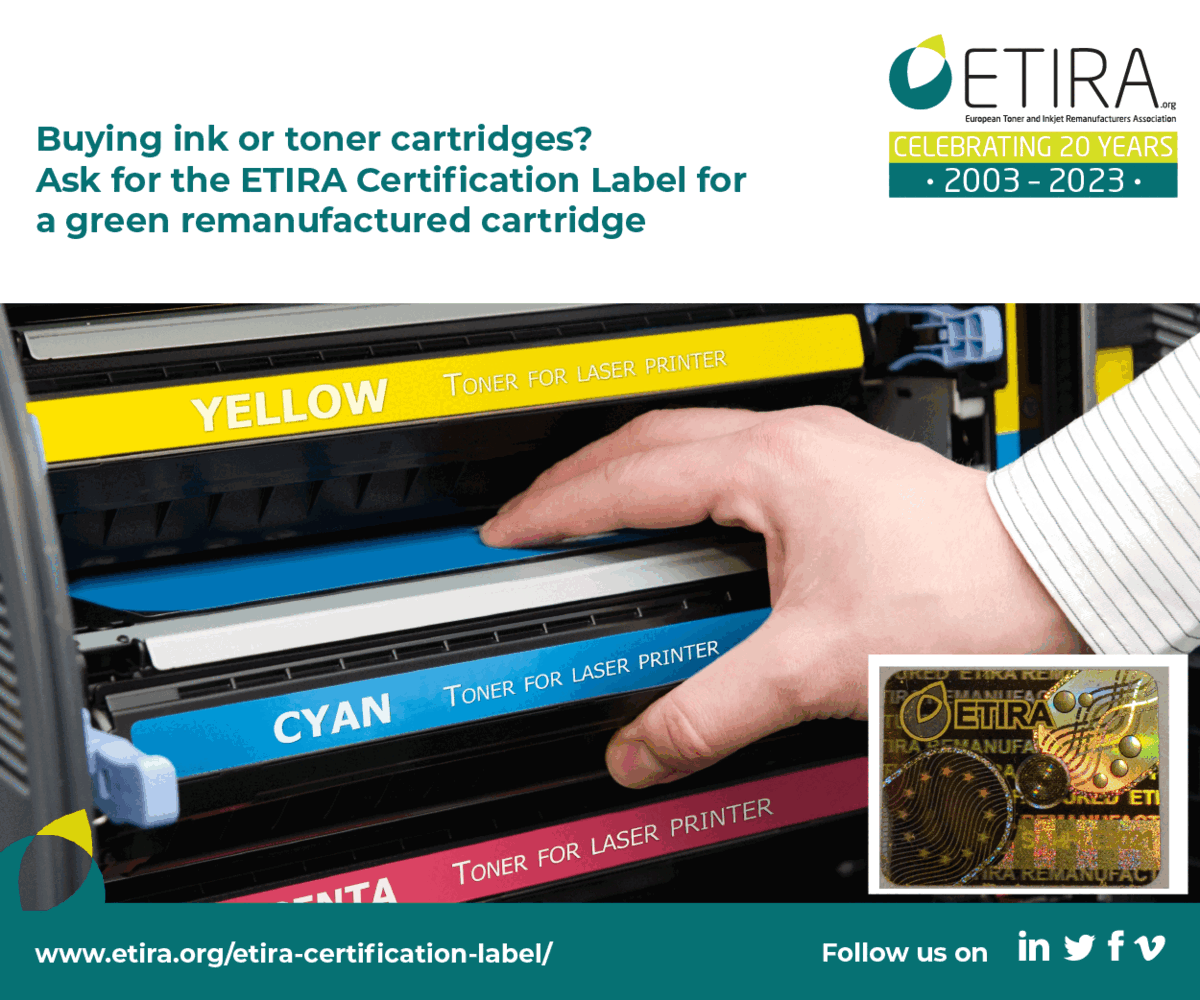
A line of 3D laser printers produced by Seattle-based start-up, Glowforge, is now available for both home and business use.
As Forbes reports, these printers are not the “traditional” 3D kind, as instead of additive manufacturing, what they do is subtractive, as Glowforge’s CEO and founder, Dan Shapiro, explained.
“Traditional 3D printers are like a robot with a tiny, hot glue gun. They build things out of layer upon layer of melted plastic. And as the plastic cools, you wind up with something that’s made out of plastic,” he said. Glowforge uses subtractive technology instead of additive. You start by putting in a piece of wood or leather, fabric, cardboard, and then the laser cuts and engraves that material to produce the result.”
The seeds of Glowforge’s creation were first sown when Shapiro embarked on the creation of a board game designed to help children learn how to code. Shapiro “was frustrated with how long it took to prototype pieces for the game”, opting at last to install an industrial engraver in his home. Glowforge is a scaled-down version of that machine, “using the advantages of technology developed for smartphones to allow a much smaller footprint in someone’s house.”
“By using things that have been perfected for smartphones and for cloud technology, we could bring the cost way down and make them far simpler to use,” said Shapiro.
The machine is relatively straight-forward to operate, entailing the setting up of a design file, which is then uploaded to the Glowforge app, which determines “where on the material loaded in the printer the design will be made.” Customers who utilise the materials sold by the start-up “don’t even have to adjust the laser – the machine handles that automatically.”
“It can be as simple as literally drawing a pen. So instead of going and taking complicated design software, if you wanna round a corner, you can draw around a corner; if you wanna create a drawing, you can just create the drawing. And by using many different design packages – PDF, JPEG – anything from Microsoft Word to CAD software, make it really easy to import those designs and then put them on the machine,” said Shapiro.
Glowforge came about after the company accumulated a $10 million (€8.3 million) series A in 2015, going on to launch a crowdfunding campaign and receiving a response which “astounded” Shapiro.
“I’d gone in and talked to my team and said, you know, ‘If we sell less than a million dollars of these to the pre-order campaign, then something’s wrong and we may need to reconsider. And on the high side, I don’t think we need to plan for selling more than $5 million (€4.1 million) of those because that seems wildly improbable.’”
Glowforge received a whopping $28 million (€23.3 million) in pre-orders, which “immediately sent Shapiro back to investors”.
After accumulating the necessary funds “the company then got to work completing development of its line of products and getting them into the hands of its customers”, many of whom are already utilising their new printers for a variety of purposes. These range from making cosplay props through to building prosthetic limbs.
“This product is being used here by people who have a vision that they wanna bring into the world,” said Shapiro.









